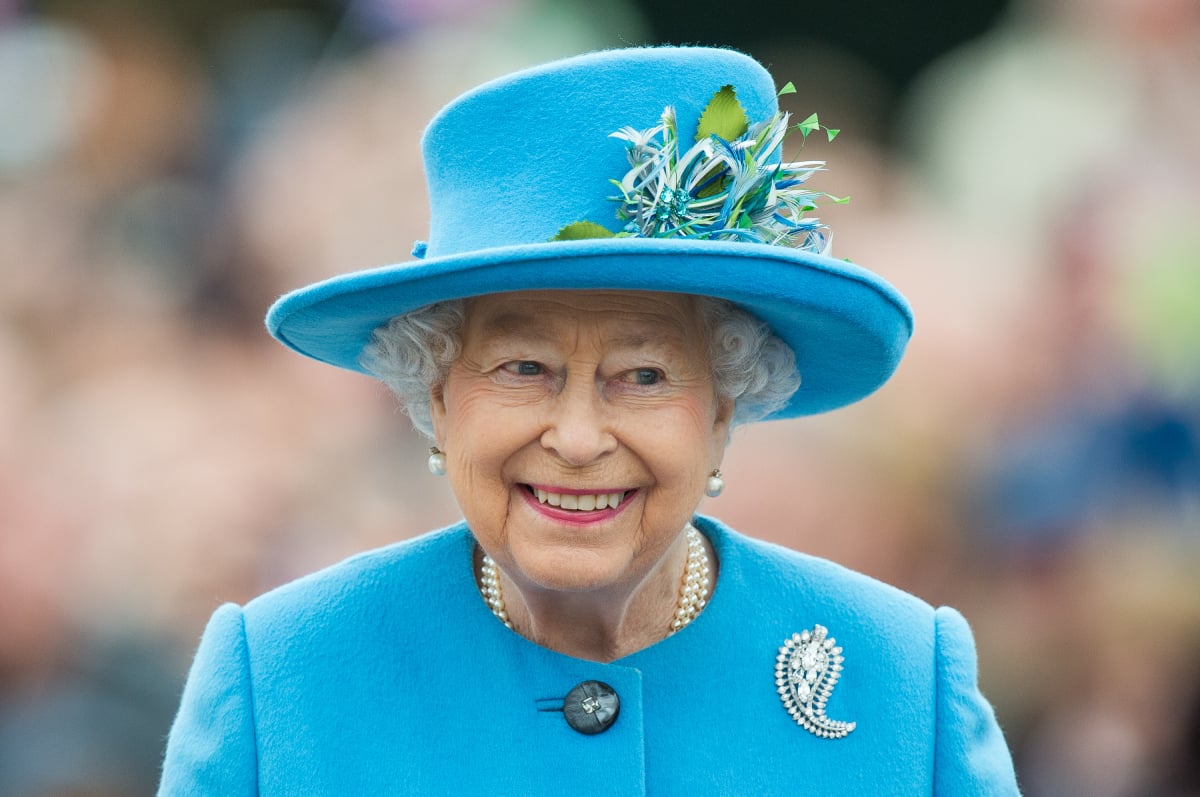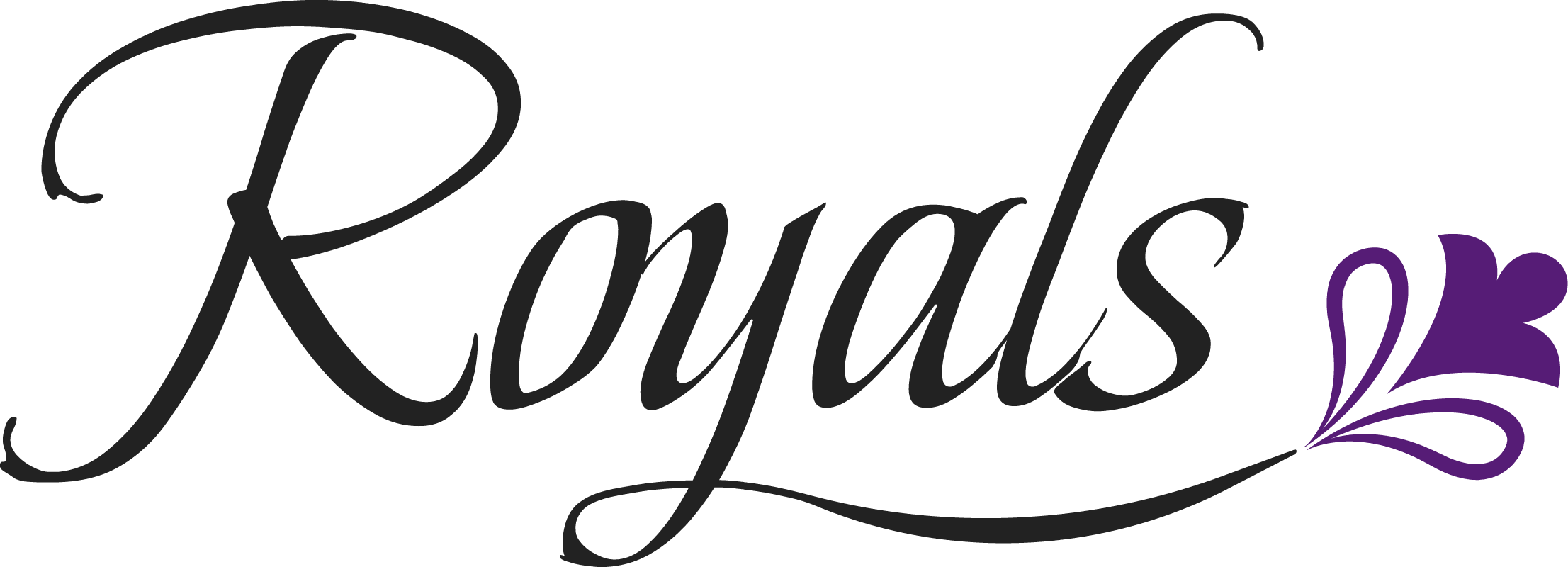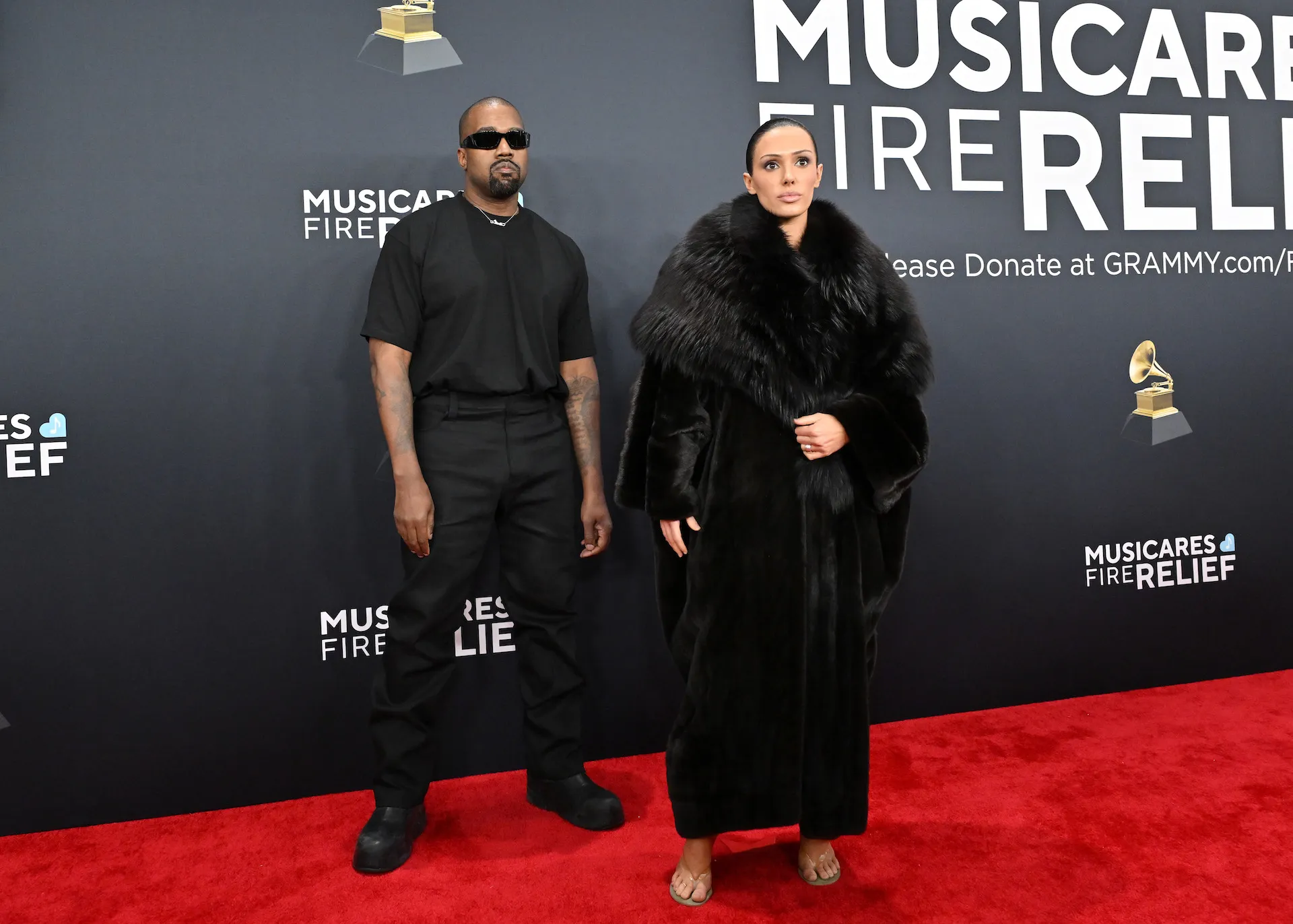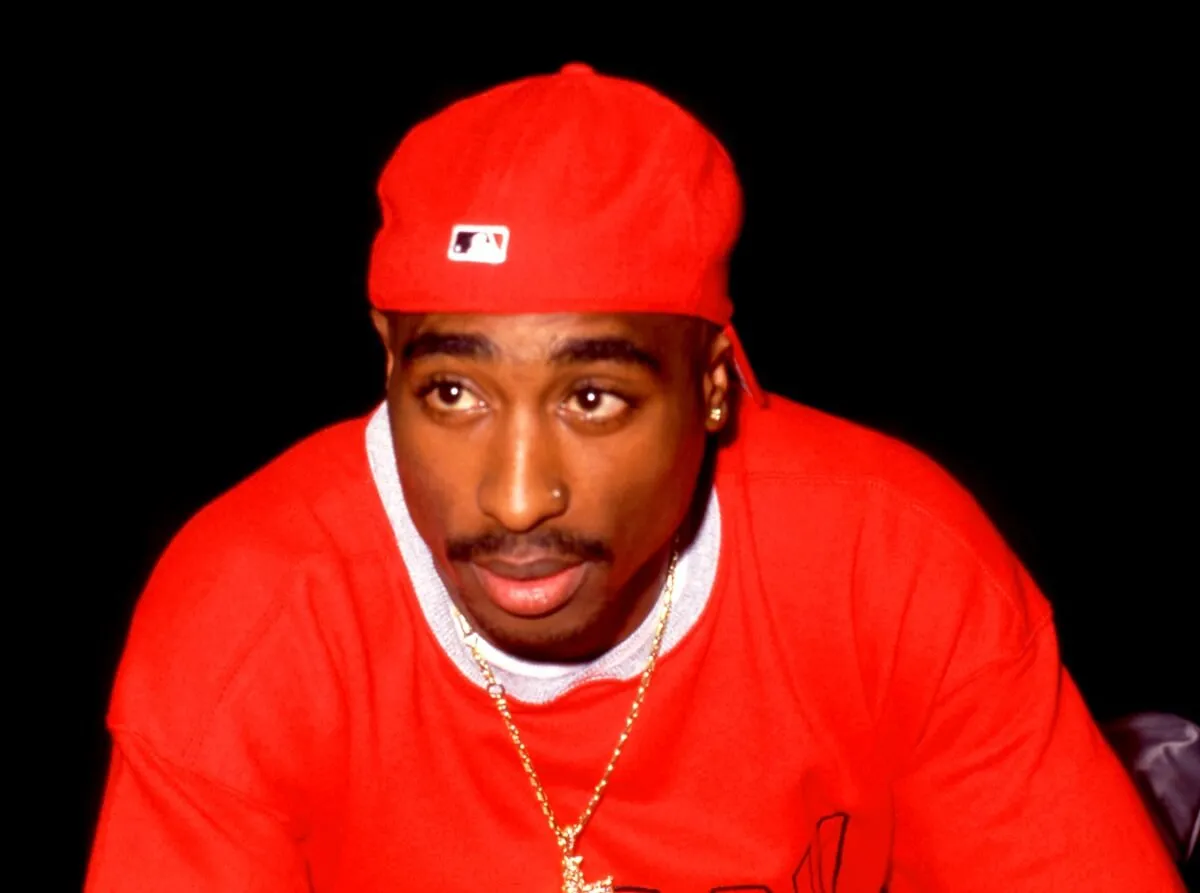
How Did Queen Elizabeth Amass Her $500 Million Fortune?
Queen Elizabeth II died on Thursday, Sept. 8, 2022, at the age of 96 after serving 70 years on the throne. She leaves behind more than $500 million in personal assets. But how did Her Majesty amass such a vast fortune? Here’s what we know about “the family business.”

Queen Elizabeth’s fortune includes castles and jewels
Queen Elizabeth died at Balmoral Castle in Scotland, which was one of the properties she owned throughout the United Kingdom. According to Fortune Magazine, the queen’s estimated $500 million portfolio (no one knows the exact amount) consisted of real estate, personal investments, art, and jewelry. But, the queen’s personal wealth is just a fraction of the estimated $28 billion net worth of the entire British monarchy.
Wealth and finances related to the crown are an intricate web of personal property and investments among the individual royals and the crown itself, as well as taxpayer funded income from the Sovereign Grant that is used to maintain the palaces and perform royal duties, like receptions and travel.
Her Majesty and ‘the family business’
The simple answer to the queen’s inheritance question is that King Charles III will inherit his mother’s $500 million fortune when he is officially crowned. Part of that fortune is the Sovereign Grant for 2022 and 2023, worth approximately $100 million. Payments to the queen were based on profits from the Crown Estate.
The Crown Estate is a property business owned by the monarchy and independently operated, but still part of The Firm’s multi-billion dollar empire. In 2017, Queen Elizabeth started receiving 25 percent of the Crown Estate profits from the previous two years to fund the refurbishment of Buckingham Palace. The rest of those profits go to the UK government.
The crown is not allowed to sell some of the family’s assets, including the Crown Estate which is valued at $19.5 billion. They are also not allowed to sell Buckingham Palace ($4.9 billion), the Duchy of Cornwall ($1.3 billion), the Duchy of Lancaster ($748 million), Kensington Palace ($630 million) and the Crown Estate Scotland ($592 million).
The Firm — aka Monarchy PLC — pumps hundreds of millions of pounds into the UK economy each year through the profits of the Crown Estate via royal tours and events. However, individual members of the royal family do not personally benefit from the business.
Queen Elizabeth’s private jewelry collection is worth a fortune
Queen Elizabeth was known for her regal style and the statements she often made with her jewelry. Many of those pieces were part of the Crown Jewels, owned by the monarchy, and passed down through the family. But some were part of the queen’s personal collection, which made those pieces part of Her Majesty’s $500 million fortune. One diamond piece, the Cullinan III and IV Brooch has an estimated worth of $58 million.
“We don’t know every detail about the ownership of all of the royal jewels, and it’s likely that we won’t be privy to much detailed information about their inheritance now,” said Lauren Kiehna of The Court Jeweller. “Royal wills are sealed, so we can’t look to those documents for guidance.”
Kiehna added that it’s very likely the late queen has followed the footsteps of her grandmother and mother and bequeathed all of her jewelry directly to the new monarch, King Charles.



